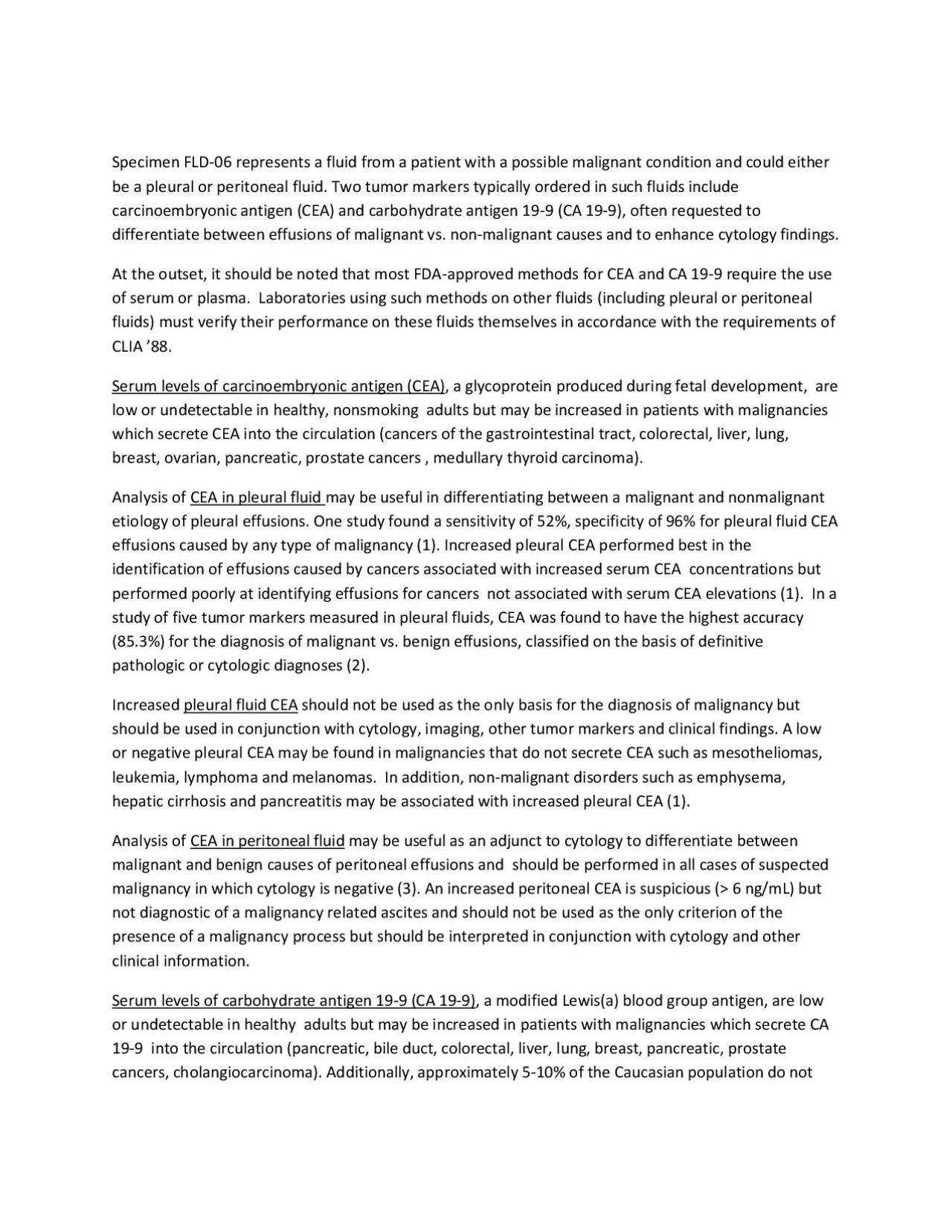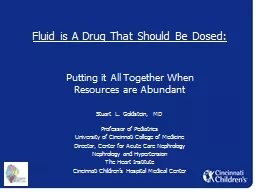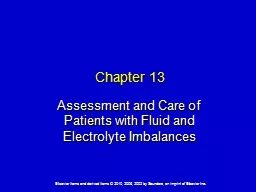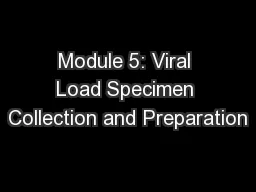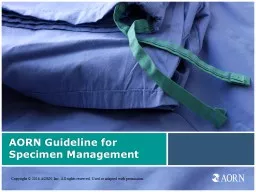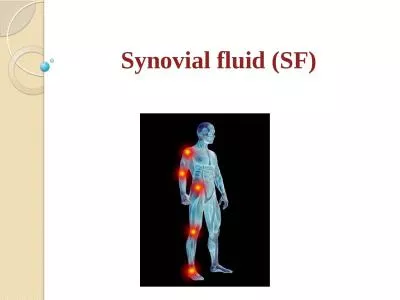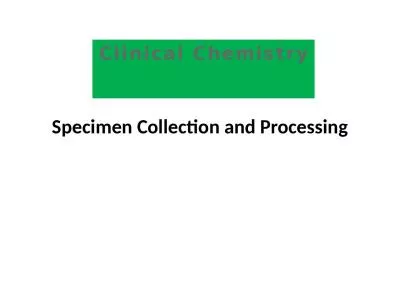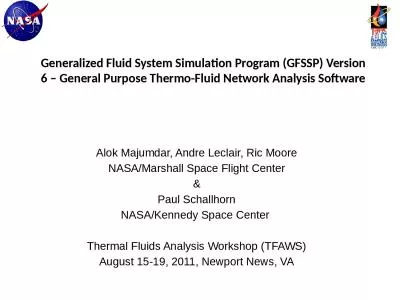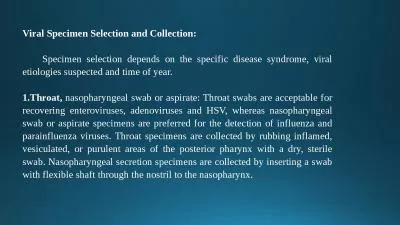PDF-Specimen FLD06 represents a fluid from a patient with a possible malig
Author : priscilla | Published Date : 2022-08-20
Serum levels of a glycoprotein produced during fetal development are low or undetectable in healthy nonsmoking adults but may be increased in patients with malignancies
Presentation Embed Code
Download Presentation
Download Presentation The PPT/PDF document "Specimen FLD06 represents a fluid from a..." is the property of its rightful owner. Permission is granted to download and print the materials on this website for personal, non-commercial use only, and to display it on your personal computer provided you do not modify the materials and that you retain all copyright notices contained in the materials. By downloading content from our website, you accept the terms of this agreement.
Specimen FLD06 represents a fluid from a patient with a possible malig: Transcript
Download Rules Of Document
"Specimen FLD06 represents a fluid from a patient with a possible malig"The content belongs to its owner. You may download and print it for personal use, without modification, and keep all copyright notices. By downloading, you agree to these terms.
Related Documents

